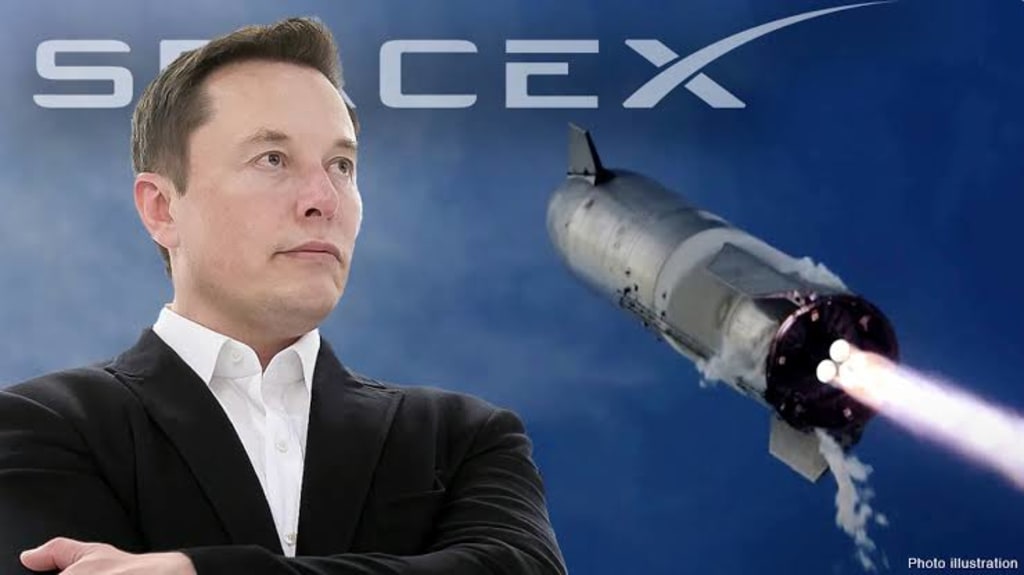The High Cost of Launch: Examining the Adverse Effects of SpaceX
Growing space debris: Threat to satellites and future missions

## The High Cost of Launch: Examining the Adverse Effects of SpaceX
SpaceX, the aerospace manufacturer led by Elon Musk, has revolutionized space exploration with its focus on reusability and cost reduction. However, the company's rapid growth isn't without its downsides. While SpaceX paves the way for a future filled with space tourism and exploration, its activities raise concerns about environmental impact, space debris, and potential disruptions to scientific observation.
**Environmental Impact:**
One of the most pressing issues is SpaceX's impact on the local environment around its launch facilities. The launches themselves generate immense noise and air pollution. The fiery exhaust from the liftoff can scorch nearby vegetation, while the sonic booms can disrupt wildlife and even damage structures. A recent incident with the Starship program in Boca Chica, Texas, exemplifies this. The powerful engines not only created a "human-made sandstorm" but also caused a fire and scattered debris into a nearby wildlife refuge [3]. Environmental groups have filed lawsuits against the Federal Aviation Administration (FAA) for failing to adequately assess the environmental impact of SpaceX's activities [3].
Another environmental concern is the greenhouse gas emissions associated with rocket launches. Although not as significant compared to global emissions, the highly concentrated release of carbon dioxide during launch can contribute to climate change. As SpaceX scales up its operations, with a target of launching a rocket every two weeks, these emissions could become a more substantial issue [2].
**Space Debris:**
A significant long-term concern is the ever-growing problem of space debris. Every rocket launch adds to the millions of pieces of human-made objects already orbiting Earth. These objects, ranging from spent rocket stages to paint flecks, travel at incredibly high speeds, posing a significant threat to operational satellites and future space missions. Collisions with debris can render satellites inoperable, disrupting critical functions like GPS, communication networks, and even weather monitoring. The Kessler Syndrome, a hypothetical scenario where collisions create a cascading effect of debris generation, could ultimately render space travel and satellite use impossible [2].
While SpaceX is developing technologies to de-orbit its rockets and minimize debris creation, the sheer number of launches planned raises concerns about the long-term sustainability of their practices.
**Disruptions to Scientific Observation:**
SpaceX's Starlink constellation, a network of thousands of internet satellites currently being deployed, has raised concerns from astronomers. These satellites can create streaks or trails across telescope images, obstructing views of faint celestial objects. The sheer number of Starlink satellites launched so far, and the thousands planned for the future, threaten to obscure a significant portion of the night sky for ground-based observations [1]. This can hinder scientific research on everything from distant galaxies to near-Earth asteroids.
**The Road Forward**
SpaceX's achievements in space exploration are undeniable. However, it's crucial to acknowledge the potential downsides of its activities. As the company moves forward, stricter regulations and a focus on environmental responsibility are paramount. Here are some potential solutions:
* **Stricter Environmental Regulations:** The FAA and other regulatory bodies need to conduct thorough environmental impact assessments before approving launches. This would ensure SpaceX implements measures to minimize noise pollution, air and water contamination, and habitat destruction.
* **Developing Sustainable Fuels:** Research into cleaner-burning rocket fuels can significantly reduce the carbon footprint of space launches.
* **Debris Mitigation Strategies:** SpaceX, along with other spacefaring nations, should prioritize the development and implementation of debris mitigation strategies. This could include active debris removal technologies or designing rockets that self-deorbit after use.
* **Collaboration with Astronomers:** Open communication and collaboration with astronomers are essential. Techniques like satellite constellation design that minimizes light pollution and scheduling launches to avoid critical observation periods can significantly reduce disruptions to scientific research.
Space exploration is a human endeavor filled with both wonder and potential pitfalls. By acknowledging the environmental and scientific concerns surrounding SpaceX's activities, we can ensure a future where space exploration thrives alongside a healthy planet and the ability to continue our astronomical observations.
About the Creator
Enjoyed the story? Support the Creator.
Subscribe for free to receive all their stories in your feed. You could also pledge your support or give them a one-off tip, letting them know you appreciate their work.





Comments
There are no comments for this story
Be the first to respond and start the conversation.